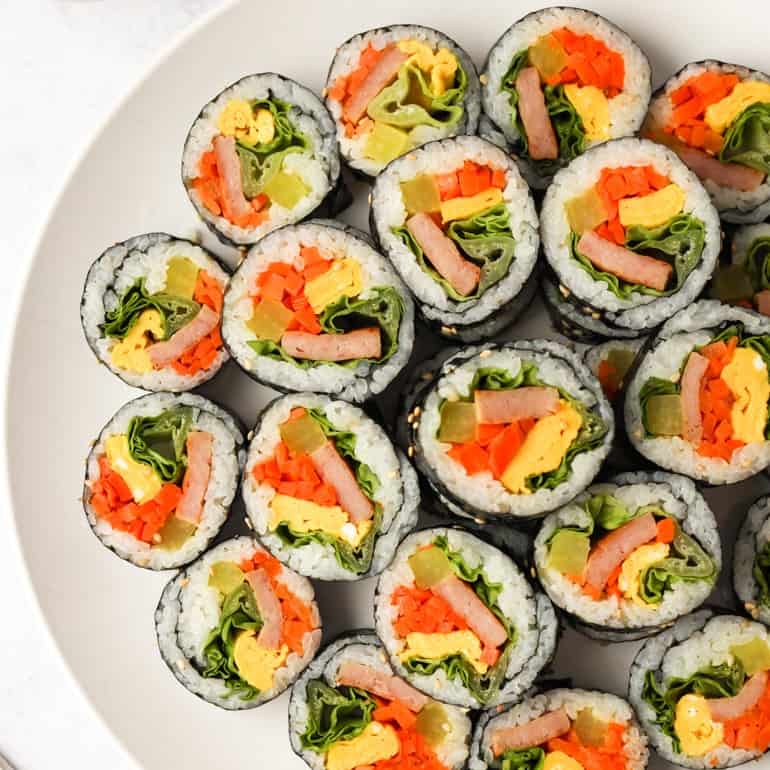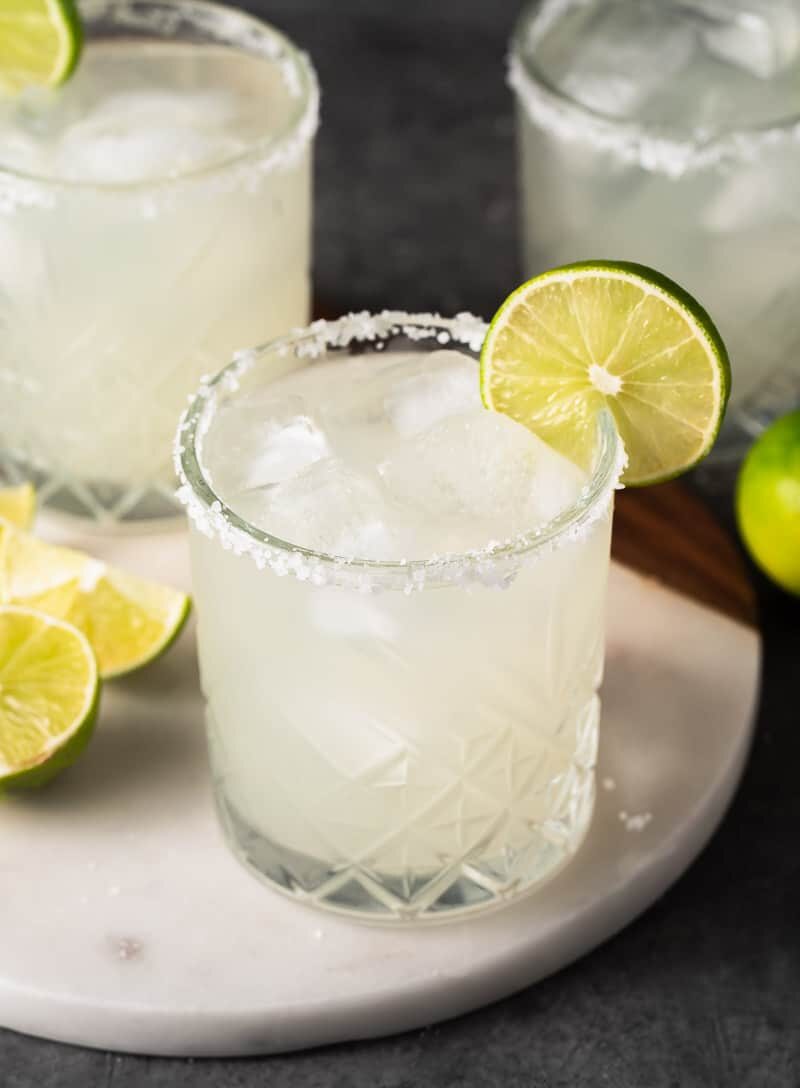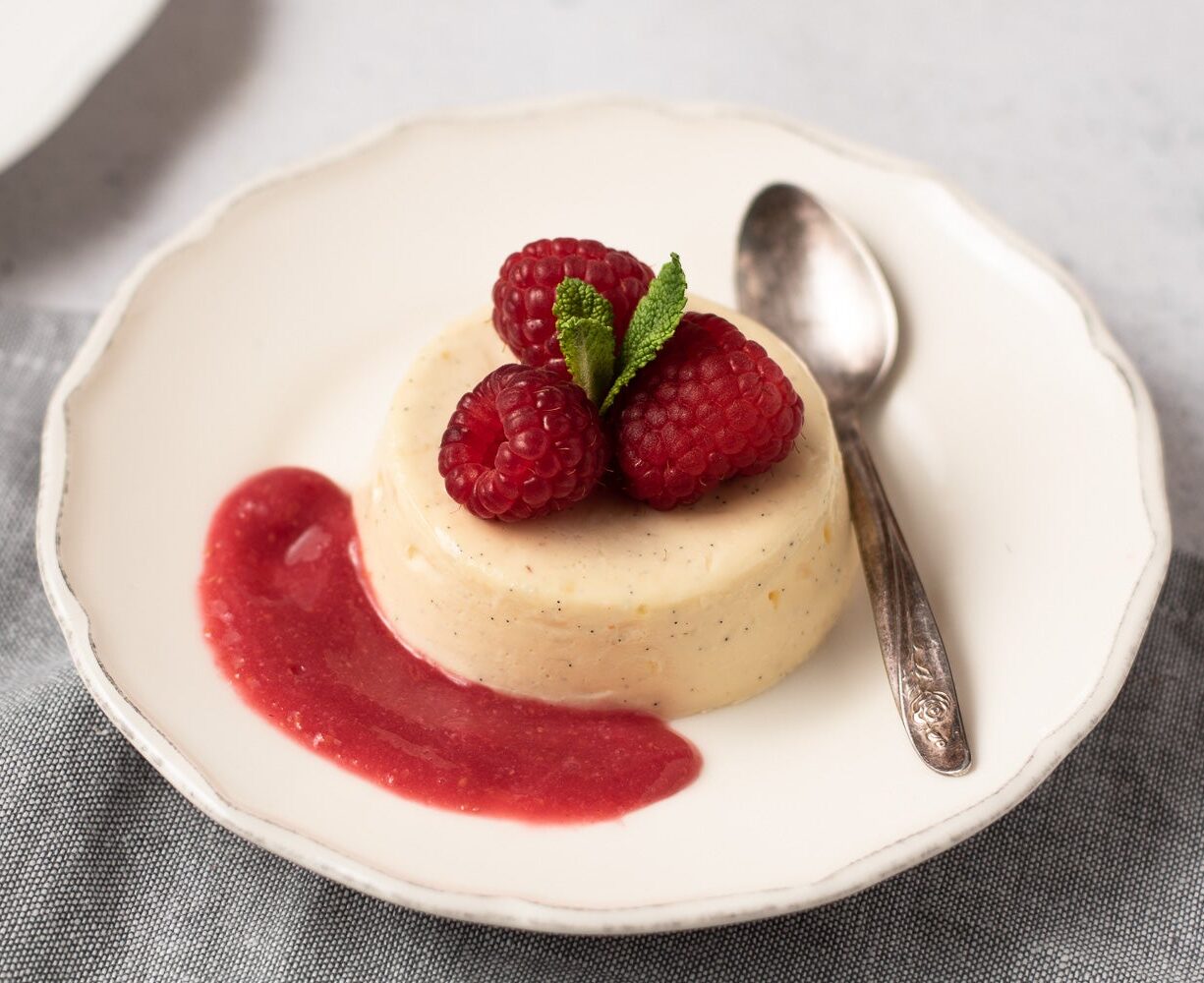Gimbap: A Delicious Korean Seaweed Rice Roll
Gimbap, also known as kimbap, is a popular Korean dish that is similar to sushi but uses different ingredients. It consists of cooked rice and various fillings rolled in dried seaweed sheets and sliced into bite-size pieces. In this article, we will explore the history and recipe of gimbap, as well as provide tips for making it at home.
The History of Gimbap
Gimbap originated in Korea during the Joseon Dynasty (1392-1897). It was originally called “nori-maki” and was made with seasoned rice and vegetables rolled in dried laver seaweed. The dish became more popular in the 20th century and eventually evolved into the gimbap that we know today.
Gimbap has become a popular snack and lunch food in Korea, and it is also commonly found in Korean restaurants and street food vendors around the world.
The Recipe for Gimbap
Making gimbap at home is relatively easy, and you can customize the fillings to your liking. This recipe serves four people.
Ingredients:
- 4 sheets of dried seaweed (nori)
- 4 cups cooked short-grain rice
- 1 tablespoon rice vinegar
- 1 tablespoon sugar
- 1/2 teaspoon salt
- 1/2 cup carrot, julienned
- 1/2 cup cucumber, julienned
- 1/2 cup spinach, blanched and squeezed
- 4-6 eggs, scrambled
- 1 can of tuna or cooked shredded beef (optional)
- Sesame oil
- Soy sauce
- Roasted sesame seeds
Instructions:
- In a small bowl, mix the rice vinegar, sugar, and salt until the sugar dissolves. Add the mixture to the cooked rice and stir until well combined. Set aside to cool.
- Prepare the fillings. Heat a small amount of sesame oil in a pan and cook the carrots until they are slightly soft. Repeat with the cucumber and spinach. Set aside to cool.
- In a separate pan, scramble the eggs until they are fully cooked. Set aside to cool.
- Lay a sheet of dried seaweed on a bamboo sushi mat with the shiny side down. Spread a thin layer of rice over the seaweed, leaving about 1 inch of space at the top.
- Place the fillings on top of the rice in a line across the middle of the sheet. Add the tuna or shredded beef, if using.
- Roll the sushi mat tightly over the fillings, pressing down gently as you go. Use the space at the top of the sheet to seal the roll by brushing a little water on it.
- Repeat with the remaining ingredients to make three more rolls.
- Slice each roll into bite-size pieces using a sharp knife.
- Serve with soy sauce and roasted sesame seeds on the side.
Tips for Making the Best Gimbap
- Use short-grain rice for a stickier texture.
- Don’t overfill the roll with ingredients, as it will make it harder to roll.
- Wet your hands before handling the rice to prevent it from sticking.
- Use a sharp knife to slice the rolls cleanly.
- Experiment with different fillings, such as pickled radish, crab sticks, or avocado.
Conclusion
Gimbap is a delicious and nutritious Korean dish that can be enjoyed as a snack or a meal. With this easy-to-follow recipe and tips, you can make your own gimbap at home and customize it to your liking. So, gather your ingredients and roll up some delicious gimbap today!





